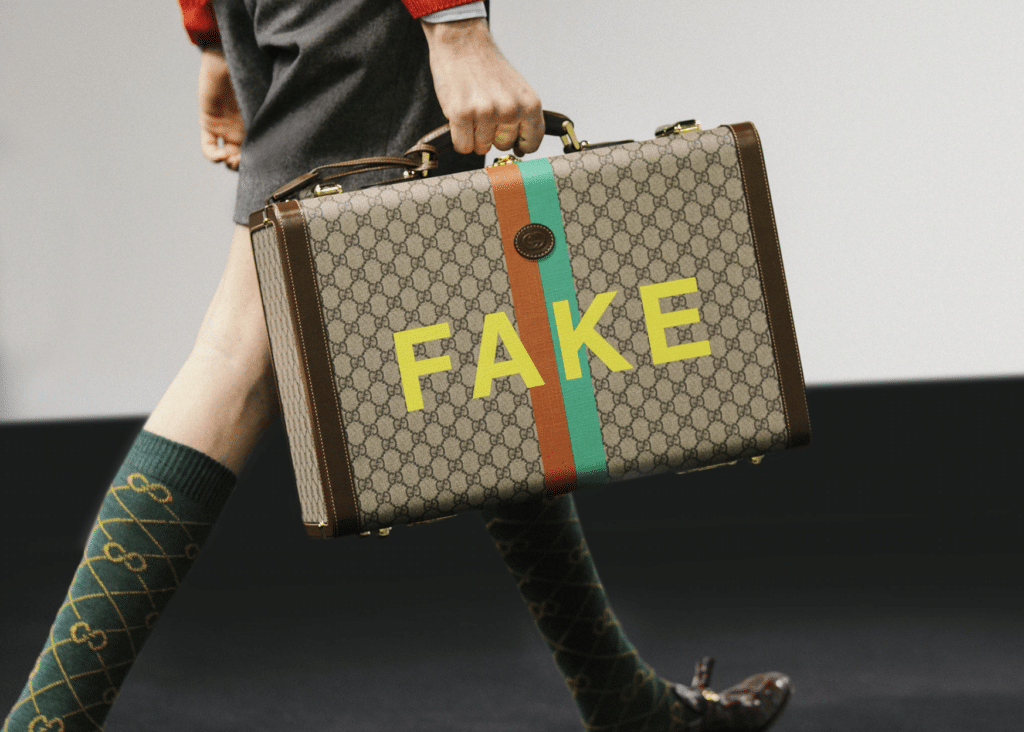Following the introduction of the internet and social media, opportunities to exploit the ownership of digital content have expanded extensively. The copyright infringement issues, and overall disruption faced by the music and film industry in the early days of the internet are an example of this. These were among the first content industries forced to adapt to the internet in order to protect the ownership of their products. Once this content was readily available on the internet, music and films were quickly pirated and distributed in a matter of seconds, causing music labels and film production studios to automatically lose out on revenue and potential customers.
After years of developing marketing strategies aimed at enticing consumers to purchase their products and services, these industries eventually adapted to these changes by introducing accessible media libraries and eventually adopting what we now know as streaming platforms. It is evident that these issues are slowly vanishing with the help of blockchain technology. Distributed Ledger Technology (“DLT”), for instance, has revolutionized the way intellectual property rights (“IPR”) are recorded and managed. The mere transparency, automation, and the capabilities of smart contracts found within DLT make it the ideal technology for ensuring that the owner of a product can control the contractual rights that are transferred and associated with the sale of that product.
Existing regulatory and legal environments were not designed to specifically accommodate digital assets, including non-fungible tokens (“NFTs”). However, in many cases, existing legislation still applies depending, of course, on the token’s characteristics and the activities performed with respect to the token. As a general rule of thumb, the rights that accompany a digital asset are established by the seller of the digital asset, which means that NFTs contain metadata that establishes the corresponding asset to which they are bound. Authorized issuers of NFTs own the IPR associated with the underlying asset, and therefore, decide what rights to grant the buyer of token, and this can vary from full commercial rights to a limited license for certain rights for personal use. (This assumes, of course, that the seller is, in fact, the rightful owner of the rights in the underlying asset, which is not always the case.)
In terms of NFTs and in-game avatars that can be found in the metaverse, for example, if the original creator choses to retain the copyright of the underlying work (and that is the norm), they will retain the exclusive right to alter, distribute, and sell their work to other people. As such, the purchaser receives a digital token and specific rights (as outlined in smart contracts) that allows for the use and/or resale of that specific copy of the asset. The scope of these usage rights will be determined by the inherent conditions and license terms attached to the acquisition of the relevant NFT.
While NFTs can be recognized as “property,” they are usually identified as a transparent proof of legal title to the digital version of an asset. In essence, the holder of an NFT has a unique numerical code that amounts to a token in their wallet, which grants the holder the capacity to transfer this NFT (and any asset attached to it) as they see fit. This factual control creates a fundamental link to the asset akin to property rights. Again, this will depend on the terms of sale that are embedded within individual smart contracts. (If the issuer is to be paid a percentage of ongoing payment transactions or royalties, for instance, this will also be embodied into smart contracts. As a result, the assignment of these rights must be transferred correctly and include licensing language that coincides with the issuers intended terms of sale.)
Blockchain technology ensures that the ownership of a particular tokenized asset is publicly recorded in a transparent manner. In simple terms, if an individual purchases a tokenized product – they will be recorded as the owner of this unique digital asset, and when transferred to someone else, this ownership will be transferred accordingly. In a world full of identity politics whereby the masses are in desperate need to follow the trend, the Metaverse is providing an ecosystem where ownership and uniqueness are indisputable.
However, not all is clear-cut when analyzing the application of existing intellectual property laws within a virtual reality. The metaverse poses an abundance of questions, especially when determining the governing structure of a particular platform and the contractual rights associated to the use of that platform. Businesses will have to maneuver carefully when attempting to apply their trademark and patent registrations in the metaverse, with questions arising about who governs these registrations and what is the legal jurisdiction for the metaverse?
(Jurisdiction and territoriality are also key questions that have warranted extensive scrutiny from those still speculative about the metaverse and its commercial appeal. While the metaverse aspires to be a universal jurisdiction whereby we are all interconnected, the reality is that these platforms are often owned and governed by a singular entity. It may therefore be necessary to establish IP licensing agreements with each platform provider in order to assure the protection of your brand.)
In order to exploit the immersive functions of the metaverse, trademarks and legally protected content will have to behave in a non-traditional manner. These issues will have to be guarded via trademark registration policies that can adapt to new products and services. At the same time, the rise of the metaverse and corresponding infringement will also make it necessary for brands to pour resources into investigating trademark and copyright engagement and identifying potential infringement risks at an early stage.
Overall, the metaverse will present challenges and pose questions with respect to IPR and the legal protection and ownership of such rights. Nonetheless, it will also continue to provide an abundance of opportunities for businesses that hold intellectual property to evolve their strategies and become compatible with ecosystems, such as the virtual world. The metaverse represents the next step in our inevitable integration into digital society and could see a bright future for new types of goods, services, trademarks, and patentable virtual reality-related technology to be ushered in as the metaverse and Web3 continue to develop.
Jeremy Requena is an Associate in Hassans‘ Funds Department, specializing in Investment Funds and FinTech.
Jerome Compson is a Trainee Barrister in Hassans’ Financial Services Department.











